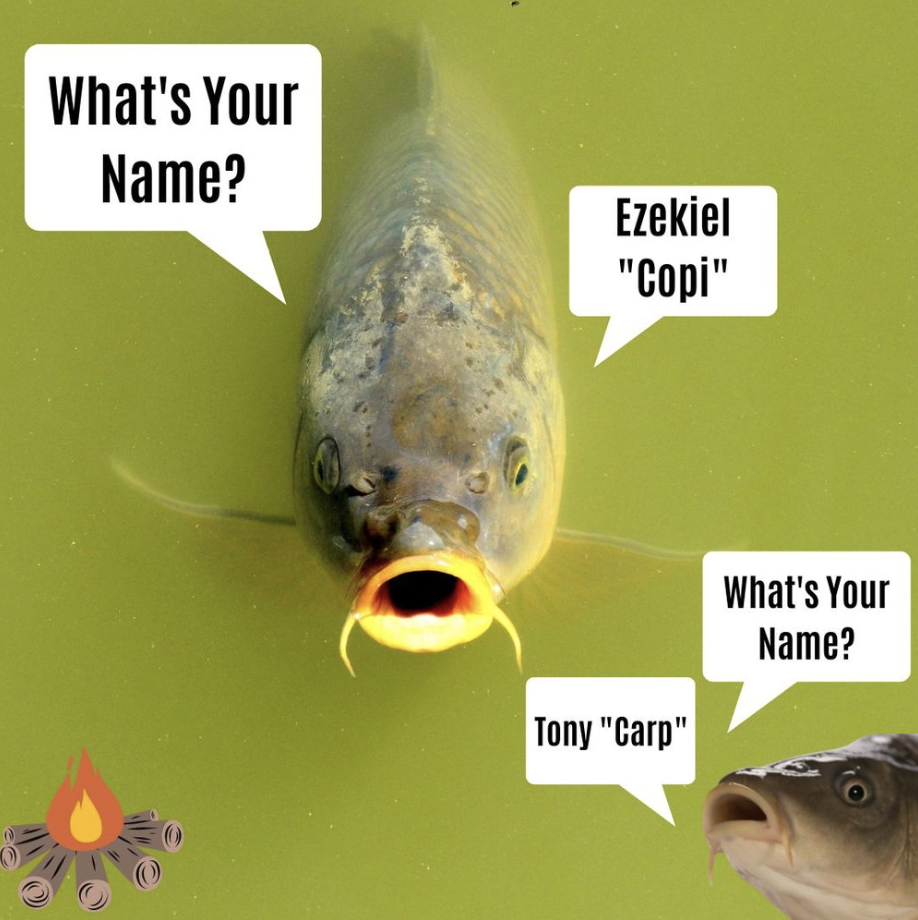Will Renaming Carp Help Control Them?
BY DIANA YATES | LIFE SCIENCES EDITOR
Illinois officials this month announced that Asian carp would now be called “copi” in an attempt to make the fish more desirable for eating. Joseph Parkos, the director of the Illinois Natural History Survey’s Kaskaskia, Ridge Lake and Sam Parr biological stations in Illinois, spoke with News Bureau life sciences editor Diana Yates about scientific initiatives to study and control carp/copi fish populations and the potential for rebranding to aid those efforts.
What are Asian carp/copi and where in Illinois are their populations a problem?
“Asian carp” is a catchall term that has been previously used to refer to several nonnative carp species that have established populations in North America: bighead carp, black carp, grass carp and silver carp. Scientists who study and manage these species have moved away from calling them Asian carp, in part because of the imprecise nature of this term. Each species has its own unique biology, status and impacts on native ecosystems. In general, invasive carp are ongoing problems where their populations have become very large, such as in the Lower Illinois River. They pose great risks for habitats and ecosystems connected to waterways wherever they are found. For example, the expansion of silver carp and bighead carp populations into Lake Michigan is of great concern.
Silver carp produce more offspring than other carp species. Photo by USGS
How do you go about studying them?
It depends on the research objective. As with most research nowadays, research efforts are multidisciplinary and collaborative. In my own lab at the Illinois Natural History Survey, we conduct annual surveys of invasive carp reproduction in the Illinois River by using nets to collect fish eggs and larvae that drift in the river current. The purpose of this sampling is to detect if the reproductive frontline of any invasive carp species has moved further upriver and to understand the factors controlling the magnitude of reproduction by these invasive fish. This research on invasive carp reproduction also involves collaborations with colleagues who use environmental DNA methods to enhance our detection of carp in the early life stages, hydroacoustic surveys to quantify adult carp density, and hydrological models to pinpoint hotspots of invasive carp reproduction.



